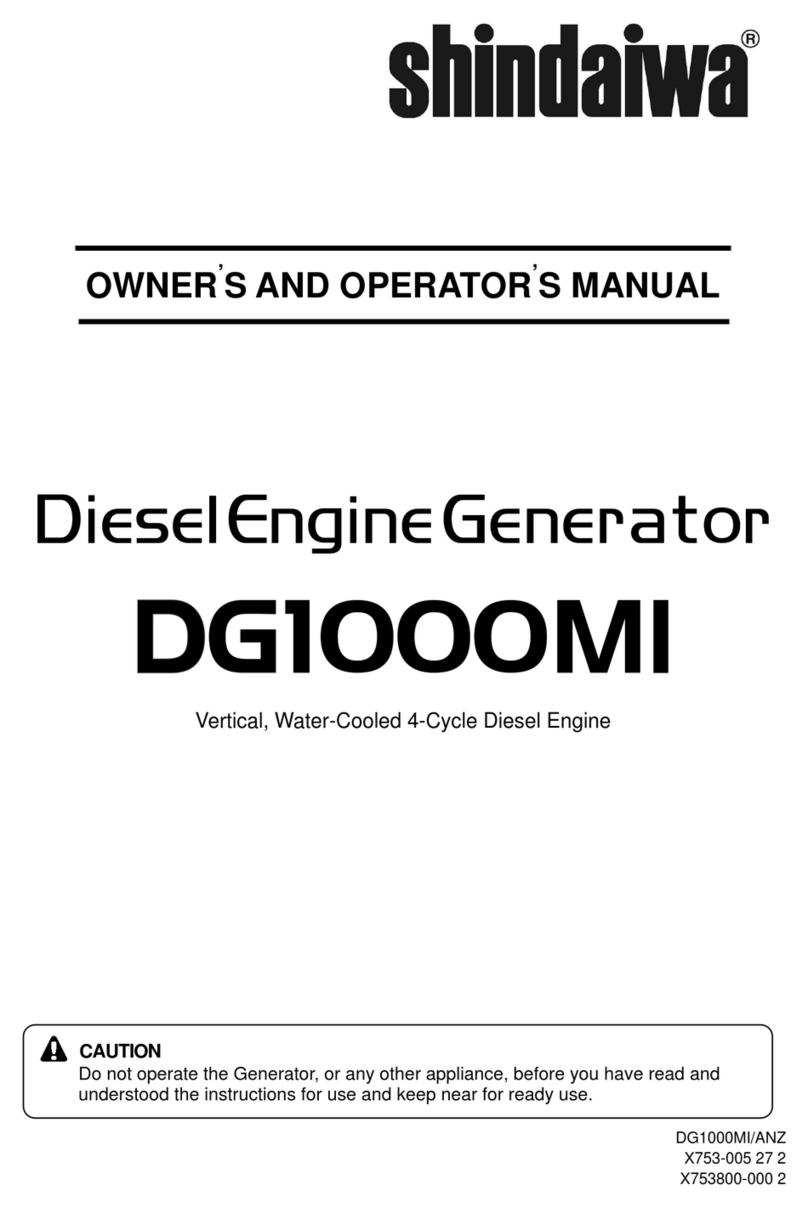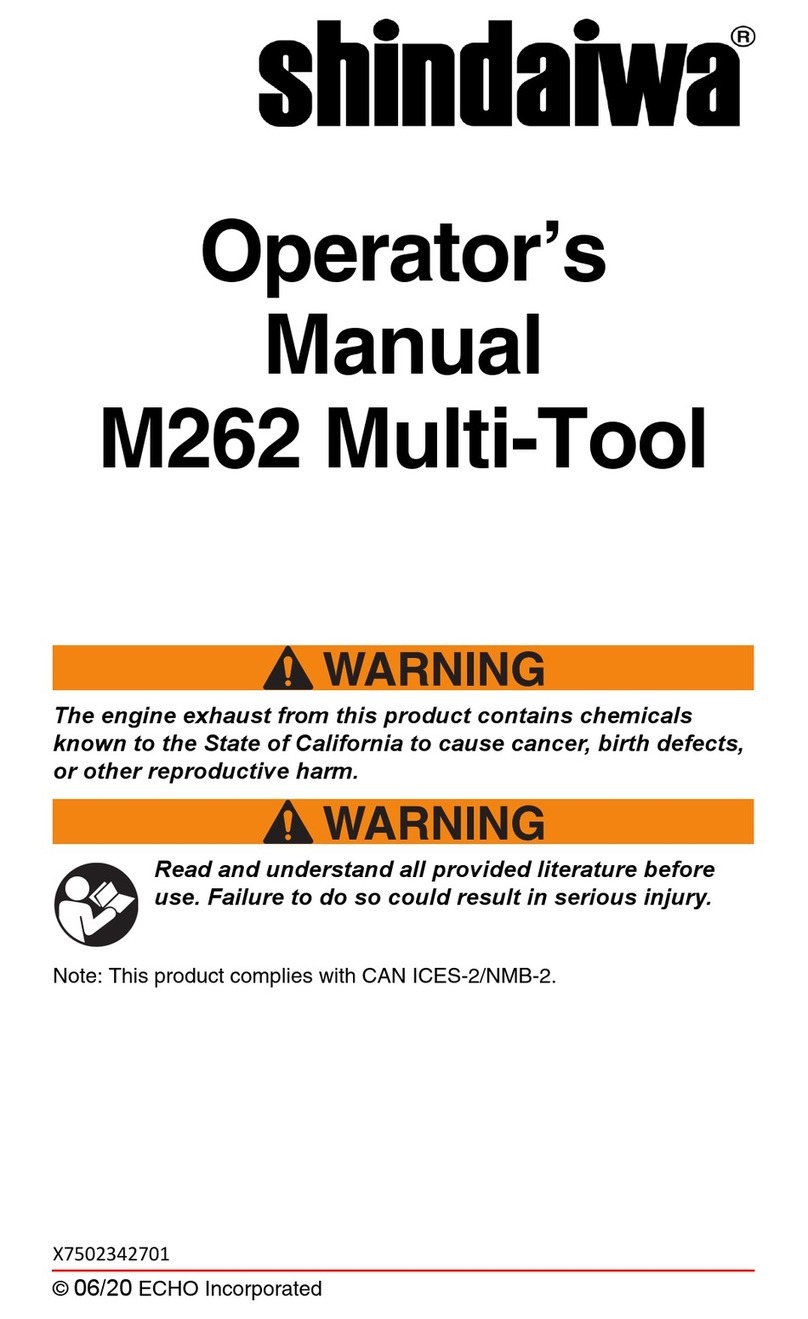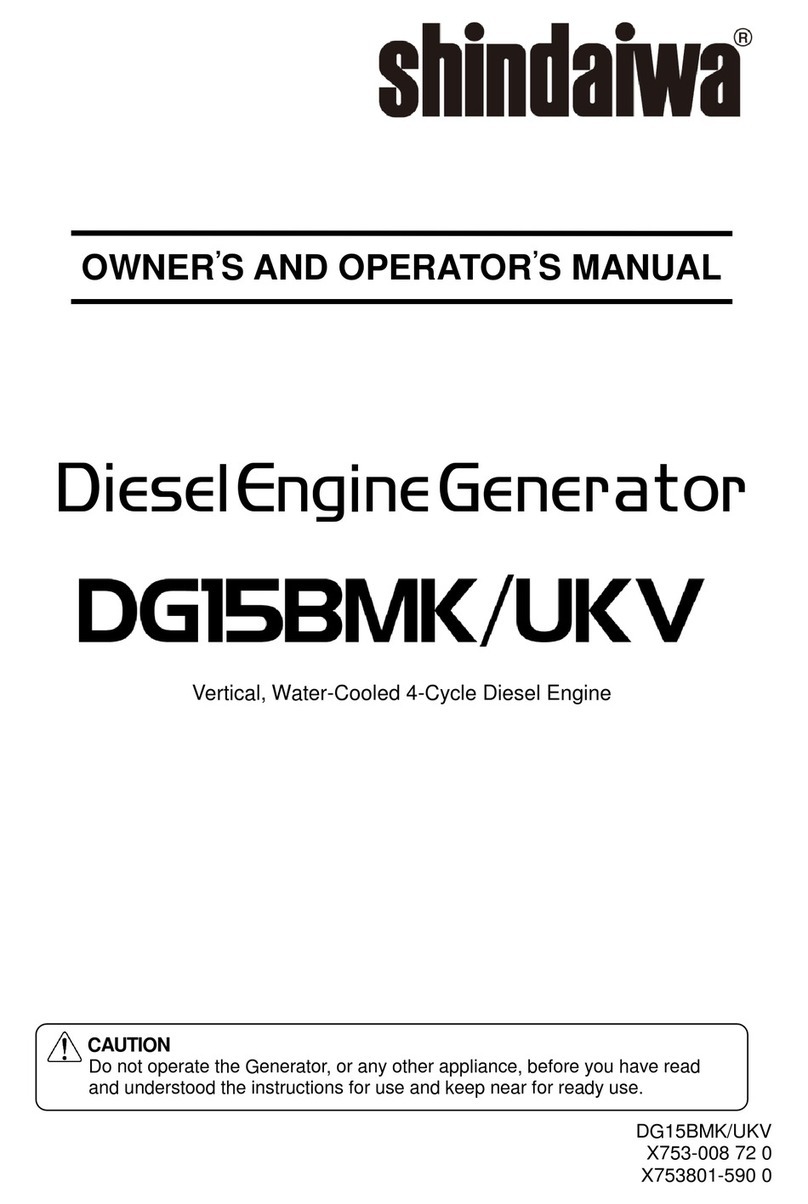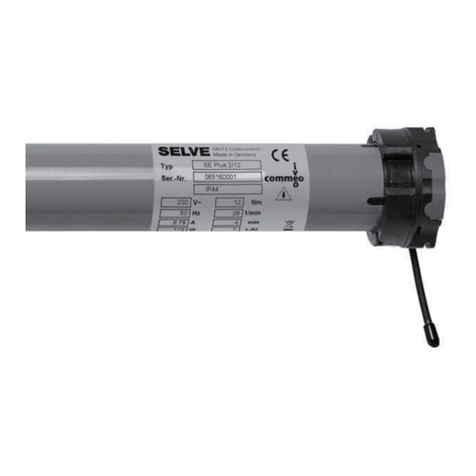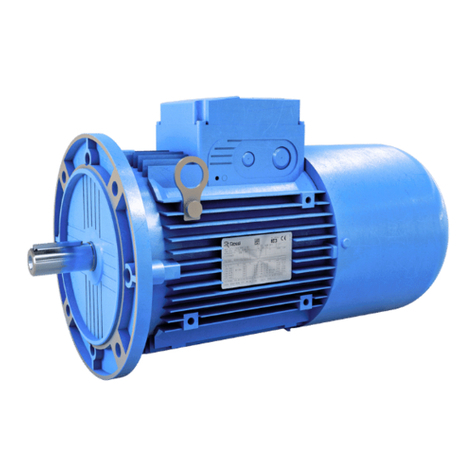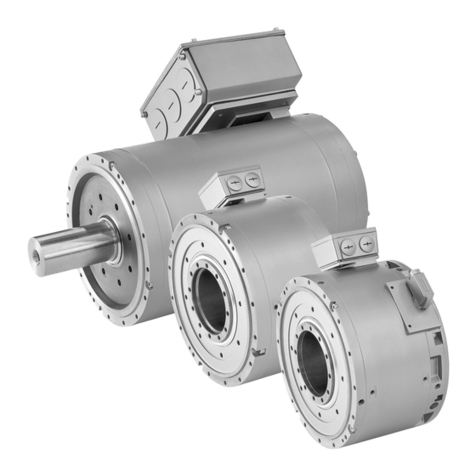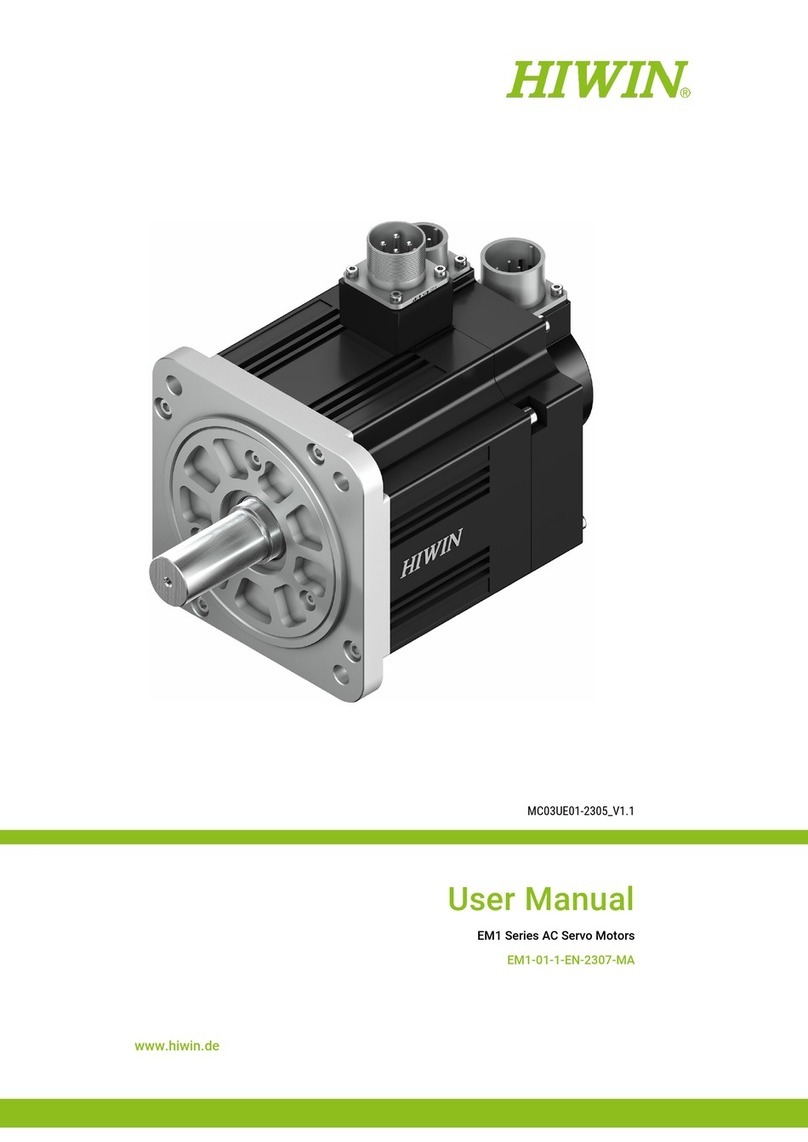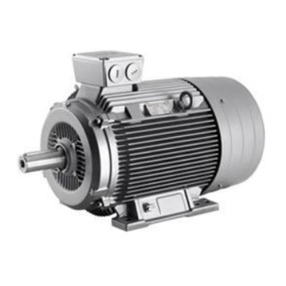
- 1 -
Table of Contents
1. Safety Precautions ....................................................................................... 2
2. Specificaons ................................................................................................. 6
3. Applications .................................................................................................. 7
4. Part Names ................................................................................................... 7
5. Equipment .................................................................................................. 10
5-1. Spill Containment ................................................................................. 10
5-2. Idle Control ........................................................................................... 10
5-3. Weld Output Control ............................................................................. 11
5-4. Remote Control (9-Pin Connector)........................................................ 12
5-5. Meter .................................................................................................... 12
5-6. Error Code Display ............................................................................... 13
5-7. Monitor Lamp ....................................................................................... 13
5-8. Ground Fault Circuit Interrupter (GFCI) and Grounding ........................ 14
5-9. Emergency Stop Switch (Option) .......................................................... 15
5-10. VRD (Voltage Reduction Device) ........................................................ 16
5-11. Wire Feeder Control ........................................................................... 16
6. Transporting ............................................................................................... 17
7. Pre-Operation Inspection ........................................................................... 18
7-1. Engine Oil Inspection ............................................................................ 18
7-2. Cooling Water Inspection ...................................................................... 19
7-3. Fuel Inspection ..................................................................................... 19
7-4. Spill Containment Inspection ................................................................ 20
7-5. Inspection for Fuel/Oil/Cooling Water Leakage ..................................... 20
7-6. Battery Inspection ................................................................................. 20
8. Operating Procedures ................................................................................ 21
8-1. Starting the Engine ............................................................................... 22
8-2. Stopping the Engine ............................................................................. 23
8-3. Emergency Stop (Option) ..................................................................... 23
9. Using as a Welder ...................................................................................... 24
9-1. Welding Cable Selection ....................................................................... 24
9-2. Welding Polarity ................................................................................... 24
9-3. Welding Cable Connection ................................................................... 25
9-4. Duty Cycle ............................................................................................ 26
9-5. Welding Work ....................................................................................... 26
10. Using as a Generator ............................................................................... 29
10-1. Output Types and Ranges .................................................................. 29
10-2. Usable Device Capacities ................................................................... 29
10-3. Operation ........................................................................................... 30
11. Simultaneously Welding and Using as AC Power Source ..................... 31
12. Inspection/Maintenance ........................................................................... 32
13. Long-Term Storage .................................................................................. 38
14. Troubleshooting ....................................................................................... 39
15. Engine Wiring Diagram ............................................................................ 42
16. Generator Wiring Diagram ....................................................................... 43

